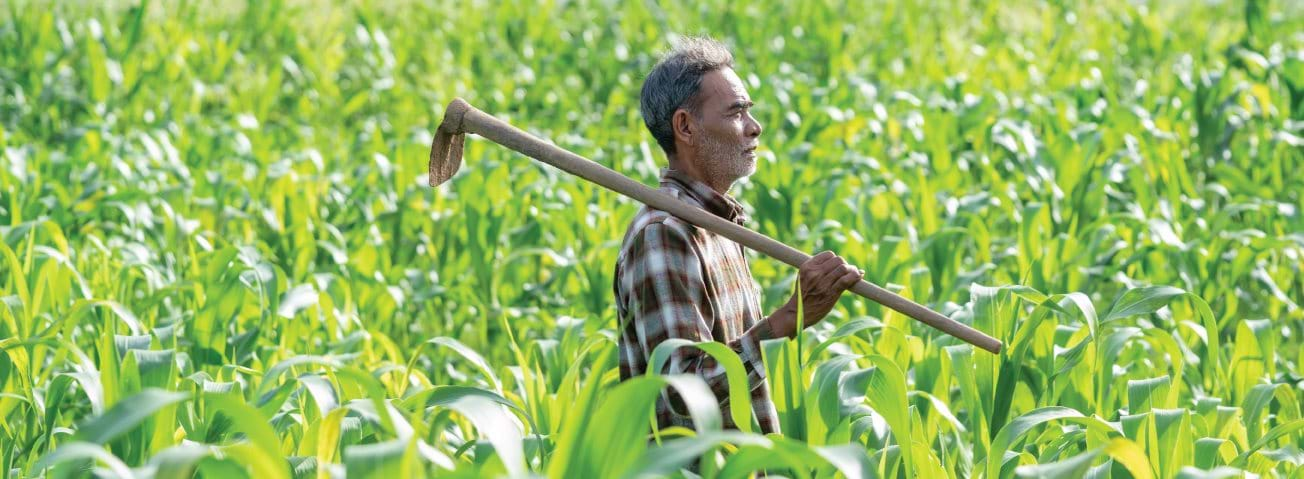World Agricultural Output and Productivity Growth Have Slowed

Agriculture draws on significant land and water resources as well as manufactured goods to produce food and industrial raw materials for textiles and biofuel to meet the needs of a growing world population. Increasing agricultural productivity helps meet these demands using existing resources. The USDA, Economic Research Service data product on International Agricultural Productivity tracks the total volume of global agricultural output (the amounts of crop, animal, and aquaculture commodities produced at constant prices) and the total amounts of land, labor, capital, and materials (inputs) used to produce this output for the world as a whole and for individual countries. Over the last six decades (1961 to 2021), world agricultural output increased at an average annual rate of 2.3 percent, faster than the 1.2-percent average growth rate for input use. This means world agricultural total factor productivity (TFP)— the ratio of total output to total input—grew 1.1 percent a year. In other words, improvement in total productivity was responsible for nearly half the growth in world agricultural production.
The accompanying chart shows the average rate of world agricultural growth by decade since the 1960s and breaks down the sources of that growth into the shares from four changes:
- bringing more land into production (without changing yields),
- extending irrigation to land,
- raising yields by intensifying the use of capital, labor, and material inputs per unit of land, and
- improving total factor productivity.
In the 1960s and 1970s, the additional use of resources such as fertilizers—known as input intensification—to increase yields was the main driver of world agricultural growth. Since the 1990s, growth in agricultural TFP has been the major source of output growth. Agricultural TFP increases when farmers adopt new technologies and practices that help them use their resources more efficiently. In addition, long-term investments in research and development (R&D) are key to determining how well agricultural TFP growth can be sustained.
From 2011 to 2021, world agricultural output grew at an average annual rate of 1.94 percent, far slower than the 2.74-percent growth of the previous decade (2001–2010). The slowdown primarily was tied to a slowing rate of growth in agricultural TFP, which declined to 1.14 percent a year in 2011–21 from 1.93 percent a year the previous decade. The effects of slower productivity have been widespread around the world.
Several factors may have contributed to the slowing growth rate for world agricultural productivity. Climate change is increasing the frequency of extreme weather events, which could lead to a reduction in average yields. Public and private investments in agricultural R&D may not be keeping pace with the need for new technologies, including technologies to address challenges from changing climate conditions, pests, and diseases. Lack of access to, or restrictions on, the use of some new technologies, barriers to trade, and global conflict and war also have had detrimental effects on agricultural production and productivity.
International Agricultural Productivity, by Keith Fuglie, Jeremy Jelliffe, and Stephen Morgan, USDA, Economic Research Service, September 2023
Data Training Webinar: U.S. and International Agricultural Productivity, by Sun Ling Wang and Stephen Morgan, USDA, Economic Research Service, December 2023
World Agricultural Output Growth Continues to Slow, Reaching Lowest Rate in Six Decades, by Stephen Morgan, Keith Fuglie, and Jeremy Jelliffe, USDA, Economic Research Service, December 2022


